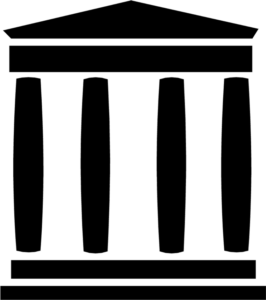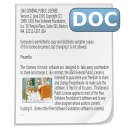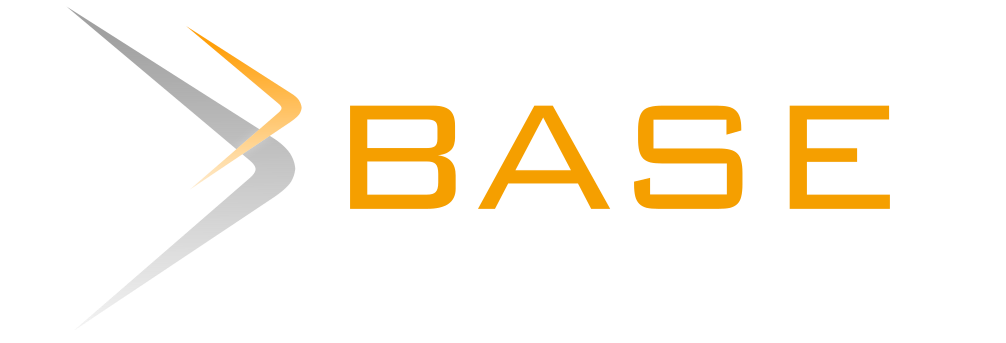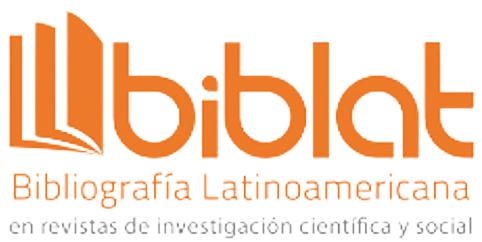Classification of toxic comments in video games
Abstract
Toxicity can have a major impact on player engagement and satisfaction. It is a complex phenomenon that has diverse causes and consequences. Among the most common causes are anonymity, competitiveness and frustration. The consequences can be serious, such as harassment, abandonment of the game and psychological damage. Gaming companies are working to find ways to address forms of toxicity on their platforms. One of the most common interactions with toxicity occurs in chat windows or in-game messaging systems. The proposed work is to pull some chat messages that occur in these "lobbies" or take them offline so that they can be categorized to determine if the player who wrote in the chat committed an infraction and depending on the category take action on the case.
Downloads
References
https://apdev.org.pe/la-toxicidad-en-los-esports/
Märtens, M., Shen, S., Iosup, A., & Kuipers, F. (2015, December). Toxicity detection in multiplayer online games. In 2015 International Workshop on Network and Systems Support for Games (NetGames) (pp. 1-6). IEEE. DOI: https://doi.org/10.1109/NetGames.2015.7382991
Komaç, G., & Çağıltay, K. (2019, November). An overview of trolling behavior in online spaces and gaming context. In 2019 1st International Informatics and Software Engineering Conference (UBMYK) (pp. 1-4). IEEE. DOI: https://doi.org/10.1109/UBMYK48245.2019.8965625
Vo, H. H. P., Tran, H. T., & Luu, S. T. (2021, August). Automatically detecting cyberbullying comments on online game forums. In 2021 RIVF International Conference on Computing and Communication Technologies (RIVF) (pp. 1-5). IEEE. DOI: https://doi.org/10.1109/RIVF51545.2021.9642116
Yousefi, M., & Emmanouilidou, D. (2021, August). Audio-based toxic language classification using self-attentive convolutional neural network. In 2021 29th European Signal Processing Conference (EUSIPCO) (pp. 11-15). IEEE DOI: https://doi.org/10.23919/EUSIPCO54536.2021.9616001
- Conceptualization
- Data curation
- Formal Analysis
- Investigation
- Methodology
- Software
- Validation
- Visualization
- Writing - original draft
- Writing - review & editing
- Conceptualization
- Data curation
- Investigation
- Methodology
- Software
- Validation
- Visualization
- Writing - original draft
- Writing - review & editing
Copyright (c) 2024 Innovation and Software

This work is licensed under a Creative Commons Attribution 4.0 International License.
The authors exclusively grant the right to publish their article to the Innovation and Software Journal, which may formally edit or modify the approved text to comply with their own editorial standards and with universal grammatical standards, prior to publication; Likewise, our journal may translate the approved manuscripts into as many languages as it deems necessary and disseminates them in several countries, always giving public recognition to the author or authors of the research.
























